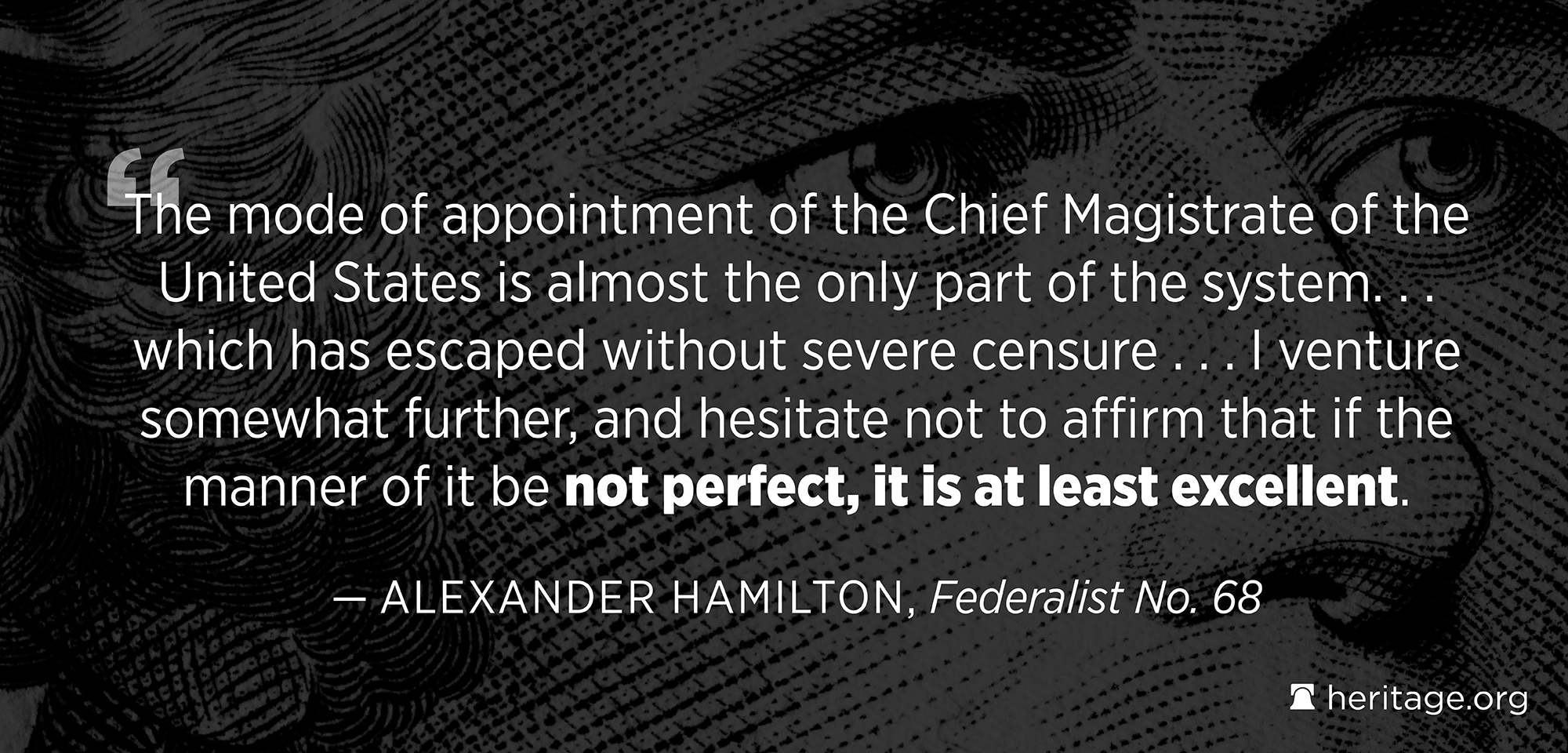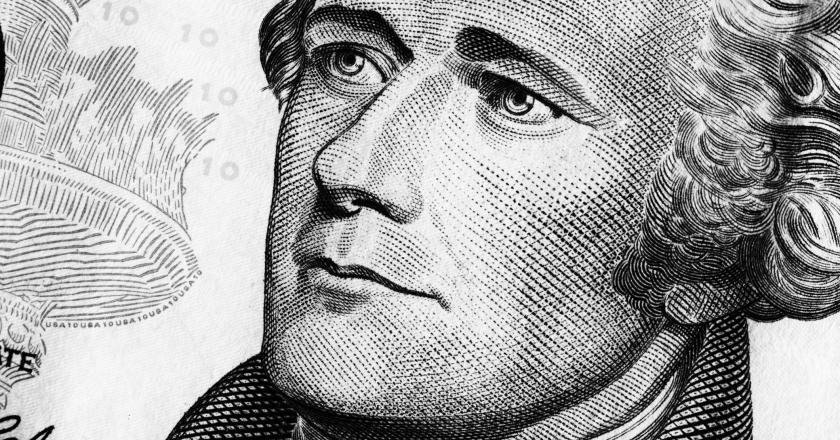The manner of electing the President was one of the most contentious issues at the Constitutional Convention held in 1787.

The Founders struggled to satisfy each state’s demand for greater representation, while attempting to balance popular sovereignty against the risk posed to the minority from majoritarian rule. Smaller states, in particular, worried that a system that apportioned representatives based on population would underrepresent their interests in the federal structure. This concern, that either the big states, or the small states, would have too much influence over the choice of the President, was voiced by many of the delegates at the Convention. They understood the dangers that a direct democracy, with the potential
for mob rule, brings to elections. James Madison warned that:
[In a direct democracy], [a] common passion or interest will, in almost every case, be felt by a majority of the whole; a communication and concert results from the form of government itself; and there is nothing to check the inducements to sacrifice the weaker party or an obnoxious individual. Hence it is that such democracies have ever been spectacles of turbulence and contention; have ever been found incompatible with personal security or the rights of property; and have in general been as short in their lives as they have been violent in their deaths.2
After long and serious debate, they arrived at an intentional design for electing the President that would incorporate the will of the people, but still safeguard against faction and tyranny. That system, the Electoral College, balances the competing interests of large states with those of smaller states. By allocating electors based on a state’s cumulative representation in the House and Senate, the Electoral College system avoids purely population-based representation, while still giving larger states greater electoral weight. This design incorporates the “genius of a popular democracy organized on the federal principle,”3 and has been our electoral system that has operated successfully for over 200 years.
ENDNOTES:
1. Alexander Hamilton, James Madison, and John Jay, The Federalist, ed. Clinton Rossiter (New York: Penguin, 2003), p. 410.
2. The Federalist, p. 76.
3. U.S. Congress, Senate, Committee on the Judiciary, Direct Popular Election of the President, 91st Congress, report prepared by James O. Eastland, et al., 91 Cong., 2 Sess., 1970, Committee Print, https://teachingamericanhistory.org/library/document/minority-view-on-the-direct-popular-election-of-the-president/ (accessed April 13, 2020).
